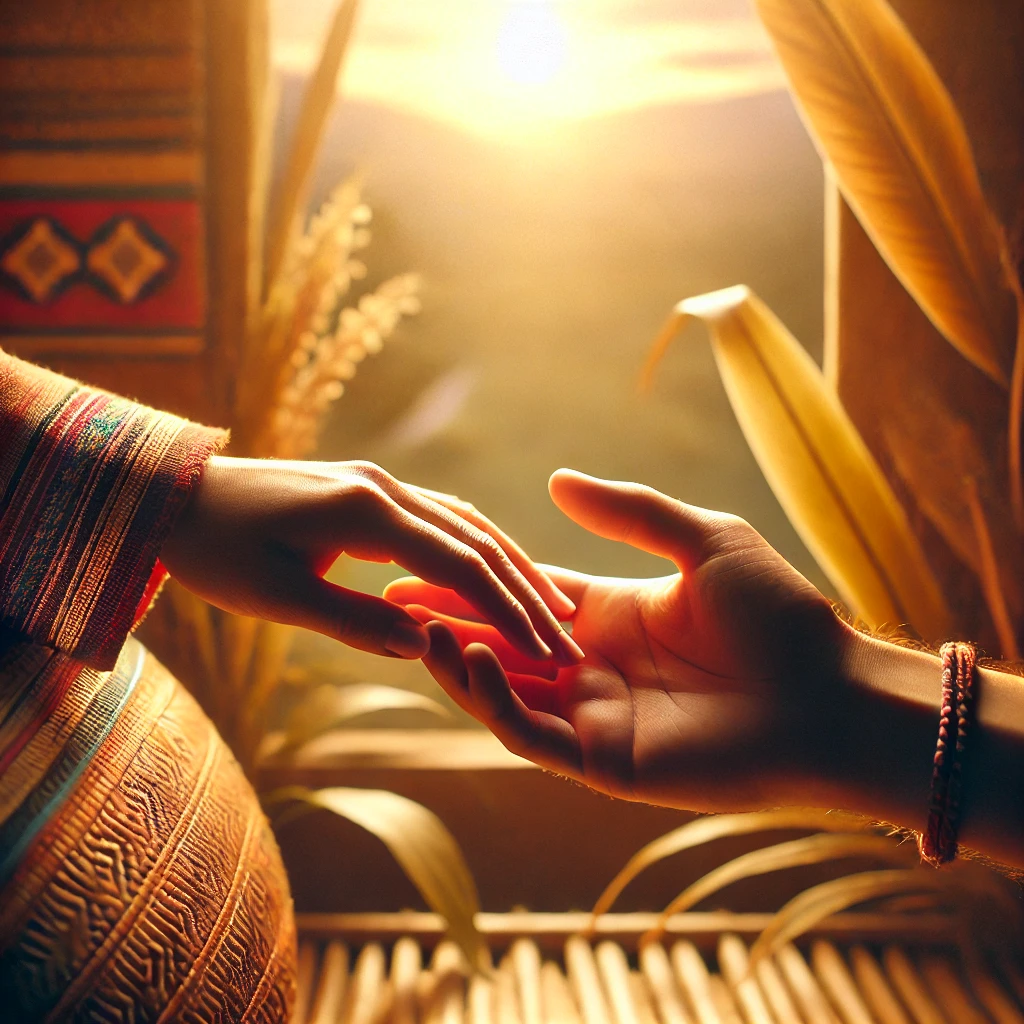Imagine being surrounded by a sea of vibrant colors, infectious music, and joyous laughter as you witness a grand street parade with elaborately decorated floats and dancers in dazzling costumes. This is just a glimpse of the festive spirit that permeates the Philippines throughout the year, as its people celebrate a rich tapestry of holidays that blend cultural traditions, religious observances, and historical commemorations.
Known as the “Pearl of the Orient,” the Philippines is a nation where celebrations are woven into the fabric of daily life. With over 7,600 islands and a history shaped by diverse influences—from indigenous cultures to Spanish colonization and American occupation—the country’s holiday calendar reflects its unique cultural mosaic, offering travelers an unforgettable journey through time-honored traditions and jubilant festivities.
Philippine Holidays
Important Notes:
- Regular Holidays: These are nationwide public holidays with closures of schools and most offices.
- Special Non-Working Holidays: These may have regional variations or be declared by the government. They generally have reduced work schedules.
- Variable Dates: Holidays associated with Easter (Maundy Thursday, Good Friday, Black Saturday) change each year. Chinese New Year also varies.
- Additional Holidays: The President of the Philippines can declare additional special non-working holidays throughout the year.
| Holiday | Date | Type | Observance |
|---|---|---|---|
| New Year’s Day | January 1 | Regular Holiday | Welcoming the new year |
| Chinese New Year | Variable (Usually late Jan/early Feb) | Special Non-Working Holiday | Celebrations influenced by Chinese tradition |
| Maundy Thursday | Variable (March/April) | Regular Holiday | Holy Week observance |
| Good Friday | Variable (March/April) | Regular Holiday | Holy Week observance |
| Black Saturday | Variable (March/April) | Special Non-Working Holiday | Holy Week observance |
| Araw ng Kagitingan (Day of Valor) | April 9 | Regular Holiday | Commemorates Filipino and American soldiers in WWII |
| Labor Day | May 1 | Regular Holiday | Recognizes workers’ contributions |
| Independence Day | June 12 | Regular Holiday | Celebrates independence from Spain |
| National Heroes’ Day | Last Monday of August | Regular Holiday | Honors national heroes |
| Bonifacio Day | November 30 | Regular Holiday | Commemorates Andres Bonifacio’s birth anniversary |
| Christmas Day | December 25 | Regular Holiday | Celebrates the birth of Jesus Christ |
| Rizal Day | December 30 | Regular Holiday | Honors Jose Rizal’s life and martyrdom |
Types of Philippine Holidays
Regular Holidays
These are nationwide celebrations marked by historical significance or religious importance. Most businesses are closed, and employees receive holiday pay. Examples include New Year’s Day, Holy Week observances, and Independence Day.
Special Non-Working Holidays
These holidays hold cultural or religious significance but may be less universally observed. While government offices are typically closed, private businesses may remain open. Examples include Chinese New Year and All Saints’ Day.
Local and Regional Festivals
Also known as “fiestas,” these celebrations vary by region and showcase the unique cultural heritage of different areas in the Philippines. They often feature colorful parades, street dancing, and community gatherings.
Major Philippine Holidays
New Year’s Day (January 1)
The Philippines welcomes the New Year with one of the world’s most spirited celebrations. As midnight approaches on December 31, the sky erupts in a spectacular fireworks display while families gather for Media Noche, a midnight feast symbolizing prosperity for the coming year.
Traditional customs include:
- Wearing polka dots for good luck
- Jumping at midnight to “grow taller”
- Keeping coins in pockets to attract wealth
- Making noise with horns and pots to ward off evil spirits
Holy Week (Movable Date, Usually March or April)
Holy Week is one of the most significant religious observances in the predominantly Catholic Philippines. The country essentially comes to a standstill as Filipinos participate in various religious activities.
Key observances:
- Palm Sunday: Marks the beginning of Holy Week
- Maundy Thursday: Churches hold foot-washing ceremonies
- Good Friday: Witnesses passionate displays of faith, including self-flagellation and actual crucifixions in some areas
- Easter Sunday: Celebrates the resurrection with the joyous “Salubong” ceremony
Independence Day (June 12)
Commemorating the Philippines’ declaration of independence from Spanish rule in 1898, this patriotic holiday features:
- Flag-raising ceremonies nationwide
- Military parades
- Cultural shows and historical reenactments
- Street parties and concerts
Regional and Local Festivals
Sinulog Festival (Cebu City, January)
One of the grandest festivals in the Philippines, Sinulog honors the Santo Niño (Child Jesus) with a massive street parade featuring:
- Intricate costumes inspired by indigenous dress
- The rhythmic “two-steps-forward, one-step-backward” Sinulog dance
- Spectacular performances by competing dance contingents
- A fluvial procession carrying the Santo Niño statue
Panagbenga Festival (Baguio City, February)
Known as the Flower Festival, this month-long celebration showcases:
- Street dancing parades with performers in flower-inspired costumes
- A grand float parade featuring structures made entirely of flowers
- Session Road in Bloom, where the main street becomes a walking garden
- Cultural shows and concerts
Experiencing Philippine Holidays
Planning Your Visit
To make the most of your holiday experience in the Philippines:
- Research festival dates well in advance, as some follow the lunar calendar
- Book accommodations early, especially for major celebrations
- Pack appropriate clothing (modest attire for religious events, colorful outfits for festivals)
- Prepare for large crowds and plan transportation accordingly
Cultural Etiquette Tips
- Respect religious customs and dress modestly when visiting churches
- Ask permission before taking photos of religious processions or ceremonies
- Be prepared to remove shoes when entering homes if invited to family celebrations
- Embrace the Filipino hospitality—don’t be surprised if you’re invited to join family gatherings
Conclusion
The Philippines’ festive calendar offers more than just dates on a calendar—it provides windows into the soul of a nation, where faith, history, and culture dance together in a vibrant celebration of life. Whether you’re witnessing the solemn processions of Holy Week, joining the electric energy of Sinulog, or sharing Media Noche with a Filipino family, these celebrations promise memories that will last a lifetime.
As you plan your journey through the Pearl of the Orient, remember that each festival, each tradition, and each gathering tells a story—a story of a people who find joy in coming together, who honor their past while embracing the present, and who welcome visitors with open arms to share in their celebrations.
Don’t just be a spectator—be a participant in the living, breathing tapestry of Philippine holidays. Come for the festivals, stay for the memories, and leave with a heart full of the warmth and joy that only the Philippines can offer.
Disclaimer: Holiday dates may vary by year and region, particularly for local festivals and lunar calendar-based celebrations. Some celebrations may be modified or canceled due to various circumstances. Always verify specific dates and event details when planning your trip, and respect any local guidelines or restrictions that may be in place during your visit.





I like this web site because so much useful stuff on here : D.